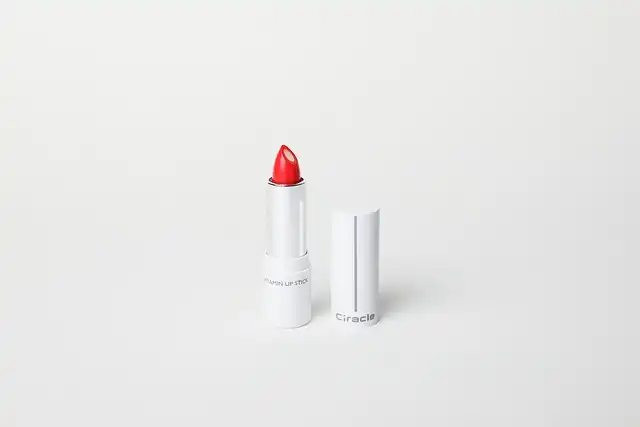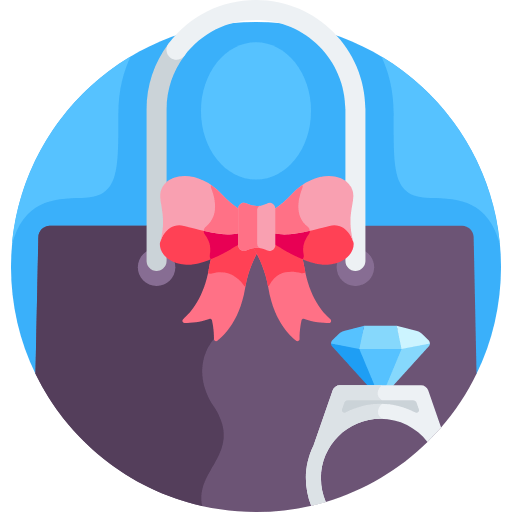L’Oréal Q2 2025 Sales: Growth & Challenges

L'Oréal's Q2 2025 sales rose 2.4%, boosted by China. Haircare excelled, but skincare disappointed. The group navigates economic stress and invests in dermatological brands for future growth. Focus: Innovation.
The exec stated he continues to be careful as the team navigates the second half of the year, in the middle of recurring economic and geopolitical stress, including tariffs. Still, the group is closely enjoying bilateral discussions with Canada and Mexico. As for the recent 15 per cent toll offer secured between the EU and the United States, Hieronimus stressed his ongoing initiatives to look for a better resolution for beauty imports.
European Market Performance
Growth in Europe reduced to 3.4 per cent from 4.3 per cent in the very first quarter, with countries like Germany still exceeding France’s soft customer spend. Efficiency was led by haircare brand names Kérastase and Garnier, as well as L’Oréal’s higher end scent brand names, especially Armani Stronger With You and Valentino Born in Roma. Skin-related elegance, notably La Roche-Posay, was “significantly penalised by in 2014’s suncare phasing”, claimed the team, many thanks to poor weather in the area, which softened customer demand for SPF products.
Professional Products Division Standout
By category, L’Oréal’s specialist items division was a standout, growing 11.5 per cent like-for-like in Q2. Efficiency remained to be sustained by product ranges concentrated on hair health and wellness, consisting of Kérastase’s hair-strengthening Genesis franchise; Metal Detox (to secure hair from steel in waters) by L’Oréal Professionnel; and bond-rebuilding variety Acidic Bonding Concentrate by Redken. Newly gotten haircare brand name Shade Wow additionally signed up with the classification in June, further enhancing L’Oréal’s footing in the hair health and wellness market.
Disappointment in Skincare Category
On the revenues phone call, nonetheless, Hieronimus expressed disappointment with the skincare category in general, pointing out a 0.8 per cent year-on-year decrease in the very first half of 2025. The group is betting on clinical skin care to reinforce its side in the market, educated by the enhancement of Medik8 to its portfolio previously in the year. To strengthen efficiency, the team said it will require to play across all pricing arenas.
Appeal Stimulation Strategy
Hieronimus claimed L’Oreal’s efficiency in Q2 was increased by the “early success” of its Appeal Stimulation Strategy, released in October in 2014 and focusing on bringing new products to market to stimulate development in the middle of a subdued appeal landscape, “which will certainly come to be evermore impactful as we continue to rollout our latest blockbusters and as we have numerous exciting launches in the second half of the year”. Those launches will certainly include a Prada men’s scent, together with the initial Miu fragrance. He cleared up that the Stimulus Plan is an advancing method, as the empire proceeds to deal with fresh competitors and will certainly require to stay on top of item advancement to compete.
L’Oréal Team’s sales rose 2.4 percent on a like-for-like basis in the second quarter of 2025 to EUR10.7 billion, the firm reported on Tuesday, reinforced by a better performance in China. The results directly missed out on expert price quotes of 2.7 per cent.
Regional Sales Analysis
Latin America expanded 12.4 per cent, driven by strong sales in scent and haircare throughout Mexico, Brazil and Chile. Sales in South Asia-Pacific, the Center East, North Africa and Sub-Saharan Africa (SAPMENA-SSA) were up 10.5 per cent like-for-like in the quarter, driven by especially strong development at La Roche-Posay and Cerave.
Dermatological Beauty Growth
Dermatological beauty (consisting of brands like La Roche-Posay, Cerave and Medik8) grew 3.5 per cent in the 2nd quarter. La Roche-Posay continued as the classification’s development engine, powered by the ongoing success of its barrier-repair Cicaplast franchise and the Mela B3 anti-pigmentation range. Skinceuticals kept its double-digit development, while the empire claimed Cerave is gaining back traction in its essential market, the United States, thanks to product innovations in hair care.
Luxe Division Decline
L’Oréal’s luxe division declined 1.9 percent, which the group attributed to troubles in the bigger prestige market. Brand-new product launches, consisting of Yves Saint Laurent’s Make Me Blush and The Inks, have driven its luxe profile, along with the international market rollout of luxe fragrance brands Prada and Valentino Appeal, each growing dual digits as an outcome and driving category momentum.
L’Oréal is 2nd in the line of appeal corporations set to report their quarterly earnings in the coming weeks. Like Puig, the big appeal player published moderate sales growth, while dropping brief of market expectations, as it continues to be reluctant of United States tolls and prone to ongoing macro headwinds.
By group, L’Oréal’s specialist products division was a standout, growing 11.5 per cent like-for-like in Q2. Consumer items (a profile of brand names consisting of Garnier, Nyx Cosmetics and Maybelline New York) uploaded development of 3.3 per cent in the quarter. According to the company, early growth signals from Mainland China, “reversed from a mild decrease in the very first quarter to around 3 per cent”, recommend performance in the region might be recoiling after 2 years of headwinds. Growth in Europe reduced to 3.4 per cent from 4.3 per cent in the first quarter, with nations like Germany still outmatching France’s soft consumer invest. Sales were up 8.3 per cent, fuelled by haircare from Kérastase and L’Oréal Paris.
The United States and Canada showed indications of improvement in the 2nd quarter, as consumer spending picked up and recovered slightly from the tariff-related headwinds of Q1. Sales were up 8.3 per cent, fuelled by haircare from Kérastase and L’Oréal Paris. Makeup stabilised many thanks to launches from Maybelline New york city and L’Oréal Paris in an otherwise tough market dogged by dupes.
“As expected, L’Oréal’s like-for-like development increased between the first and second quarter [like-for-like sales were up 3.5 per cent in Q1] The continuous toughness in emerging markets, the minor rebound in Landmass China and the gradual healing in North America more than counter the anticipated downturn in Europe, once again validating our multi-polar design,” said L’Oréal Group chief executive officer Nicolas Hieronimus in a declaration. He included: “The acceleration was sustained by a progressive renovation in international charm market growth, which we expect to proceed in the next two quarters.”
Consumer products (a portfolio of brand names including Garnier, Nyx Cosmetics and Maybelline New york city) published growth of 3.3 per cent in the quarter. Once again, sales energy was led by hair care, consisting of the March launch of L’Oréal Paris’s Development Booster (designed to decrease hair thinning) and Keratin Sleek from Garnier Fructis, which debuted in April. Within the same portfolio, skin care maintained energy thanks to the February launching of Garnier’s Pimple Spot and L’Oréal Paris’s latest Revitalift Laser anti-ageing lotion. The team reported that in a presently less dynamic make-up market, aesthetic efficiency was sustained by mascara, lip oil and setting spray launches from L’Oréal Paris, in addition to Nyx Professional’s Lip IV stain.
From a regional viewpoint, North Asia continues to struggle, decreasing 8.8 percent like-for-like due to a slow-moving efficiency in make-up, luxury skincare and increased competitors from Chinese brand names. According to the company, early development signals from Mainland China, “turned around from a slight decrease in the very first quarter to around 3 percent”, suggest efficiency in the area could be recoiling after 2 years of headwinds. Japan additionally benefitted from inbound tourist, with development in the region led by Kérastase, in addition to double-digit growth from La Roche-Posay, Skinceuticals and Cerave. Hieronimus exposed the team has strong item innovation strategies in the pipe to aid resuscitate deluxe skincare in the region, starting with a Helena Rubinstein Replasty Age Healing cream, which has simply mosted likely to market. Hieronimus claimed the group has “high assumptions for this item”, with results anticipated to be noted in Q3.
1 annual sales growth2 beauty industry
3 haircare
4 L'Oréal
5 Q2 2025
6 skincare
« Prada Group: Mixed H1 Results, CEO Exit, Growth OutlookColumbia Sportswear vs. Columbia University Trademark Dispute »
